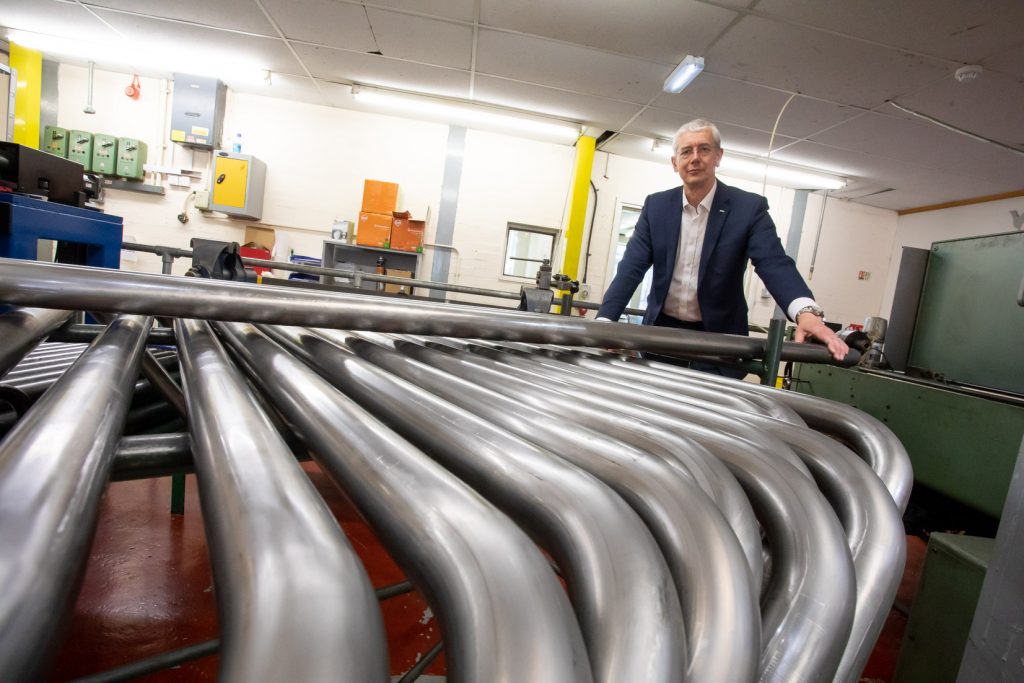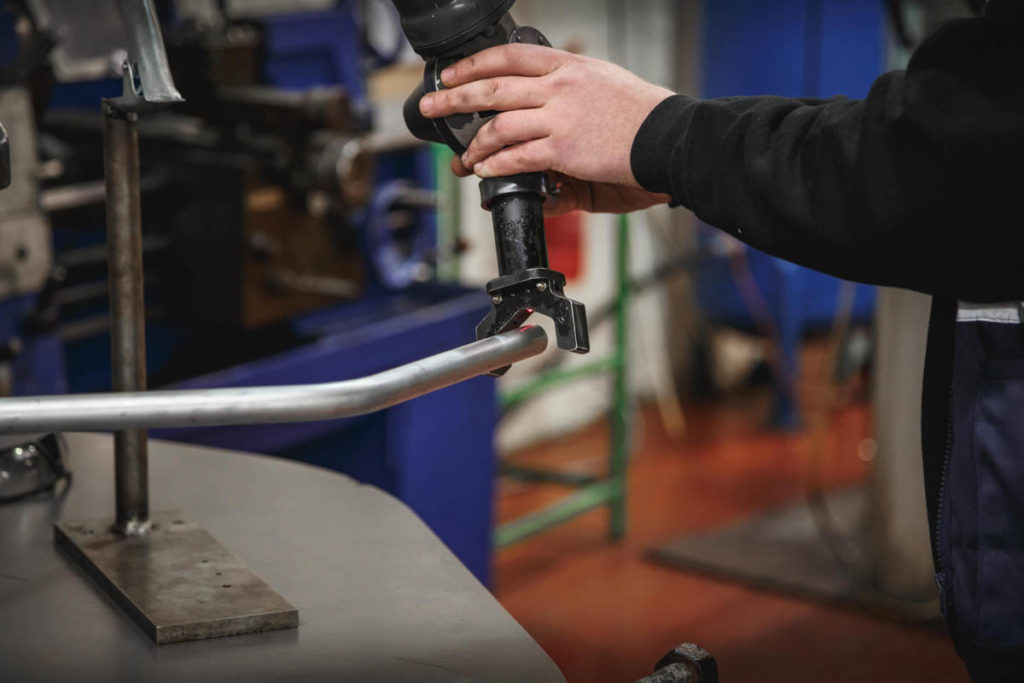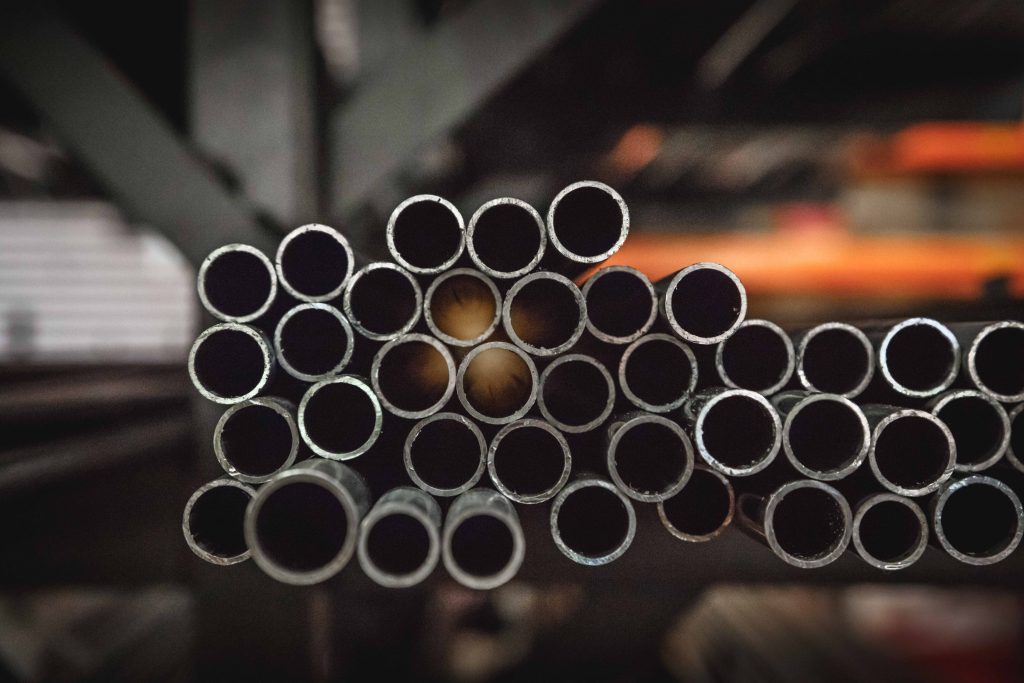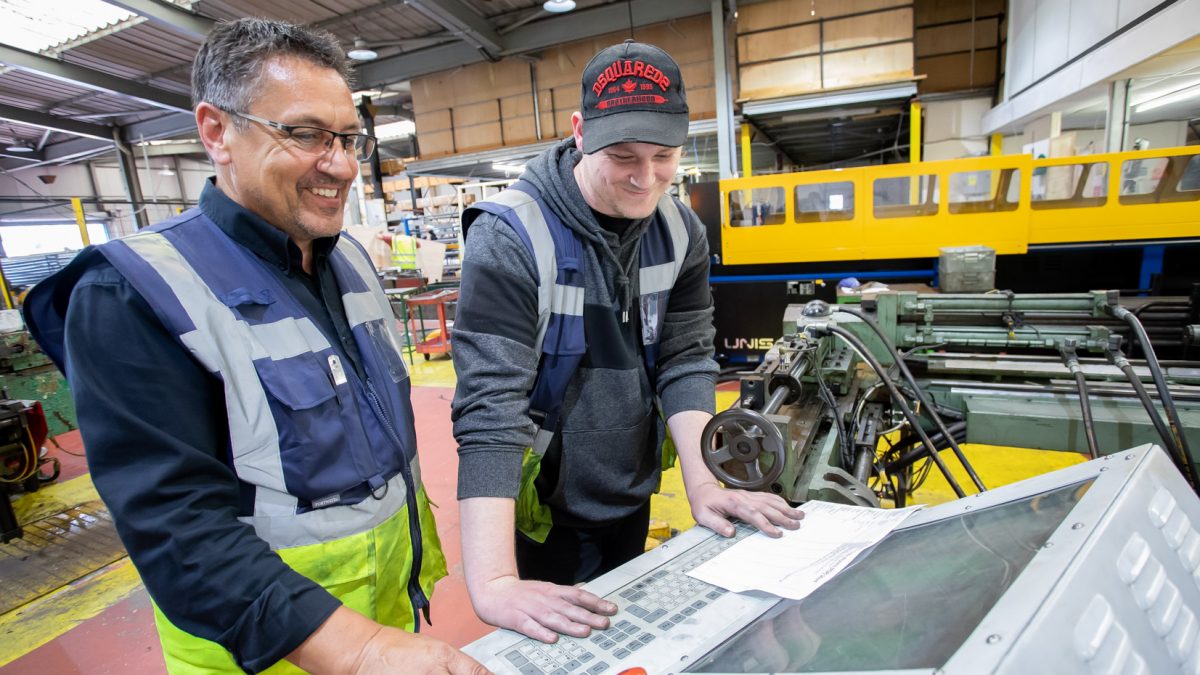The tube bending design phase is key in the product lifecycle
The early design phase of your product lifecycle can determine time-to-market and production costs, and it’s the advice from experts during that phase which will help prioritise the ease of manufacture and the simplification of final assembly later down the line.
Listertube is regularly contacted with complex tube bending requirements. Often the designs are considered with numerous other components in mind so tweaks at this stage could have a wider impact on the manufacture of all associated components.
By continuously refining its methods in the discipline of tube bending, Listertube is confident in offering advice around how to minimise those complexities but still reach the desired outcome. The trick is to involve expert tube benders before a design is finalised.
It is important to note that early on in the design phase is the optimal time for these considerations around minimising complexities. This stage in the process is the least disruptive and least expensive time to address the issues. Lowering manufacturing costs is never easier than at the design stage so good planning and consultation with experts is rule number one.

Know the processes, materials, and standards
Understanding the manufacturing process is vital. With tube bending, a good understanding of the bending methods, machine capabilities, and standard sizes and radii will help in that all-important optimisation of the design.
There are three preferred methods of tube bending and manipulation depending on requirements: Compression bending, draw bending, and roll bending. A comprehensive guide that helps optimise designs and understand the different methods is available for free here.
To summarise:
- Compression bending is akin to bending a copper pipe around your knee – you are holding one end of the tube stationary and forming the shape around the former (i.e. your knee).
- Draw bending is achieved with simple NC or CNC machines. Tooling is an important factor in achieving the desired result and will need to be specifically manufactured to a tube’s external diameter. It involves clamping on the outside diameter and drawing over a form matching the bend radius.
- Roll bending is ideal for very gentle or large radius curvature. It works by pushing the tube through (normally) three rollers and with greater pressure, tighter bends can be achieved.

Material consideration at the design phase is also important and knowing the common types is a simple must. For industrial and commercial tubing, the common considerations are steel, aluminium, copper, and brass. These materials can also be processed in different shapes with the most common being round, but could also include oval, square, rectangular, and additional customised shapes.
The takeaway here is that manufacturing efficiencies will be achieved more often than not by using compliant materials which in turn means easier materials management and quality control. Better design considerations will also allow for better use of the selected material. Getting more out of the material length will limit wastage and can be a significant cost saver.
When it comes to standards or using standard sizes, materials and processes, there is opportunity to reduce the cost of new designs and improve inventory management and time-to-market. The most common complexity when manufacturers design tube requirements without consulting experts is the requirement for diameters outside the norm. Choosing a standard tube diameter will ensure material is more readily available and prices will be lower. Importantly it also means that tooling for standard sizes is readily available and already suitable, again saving on the additional cost to develop tooling from scratch. There are also standard bend radius specifications that can again, reduce complexities and improve efficiencies.

Seek expertise early and avoid disruption later
DFMA (Design for Manufacture and Assembly) is an engineering methodology focused on design simplicity to improve ease of manufacture and efficiency of assembly. By involving experts early on, it allows a manufacturer to identify, quantify, and mitigate wastage and inefficiencies within a design. By pooling the abilities and perspectives of both design and manufacturing engineers in developing the design, manufacturing, and assembly methods concurrently, the wider benefits will be vast. In a nutshell, benefits fall within the following trends:
- Eliminates various revisions or changes in engineering
- Minimises wastage in material, assembly time and processes
- Makes it more cost and process efficient
- Offers better product reliability
Anything out of the ordinary should be put in front of an expert tube manipulator before a design is finalised. Your goal and that of a tube manipulator is for the most production-friendly component possible. To avoid costly disruptions, the DFMA method is vital and to summarise on a few rules of thumb, consider the following when you’re undertaking tube bending design:
- Select a standard tube size
- Select a standard material
- Design with an understanding of processes, machine capability and bend radii standards
Don’t forget to delve into more technical information by downloading the Listertube design guide or start a conversation around your requirements by contacting Listertube today.
- Tube manipulation enquiry form
- More information like this available on LinkedIn
- Free tube bending design guide download
- Chat to an expert on 01527 517120

